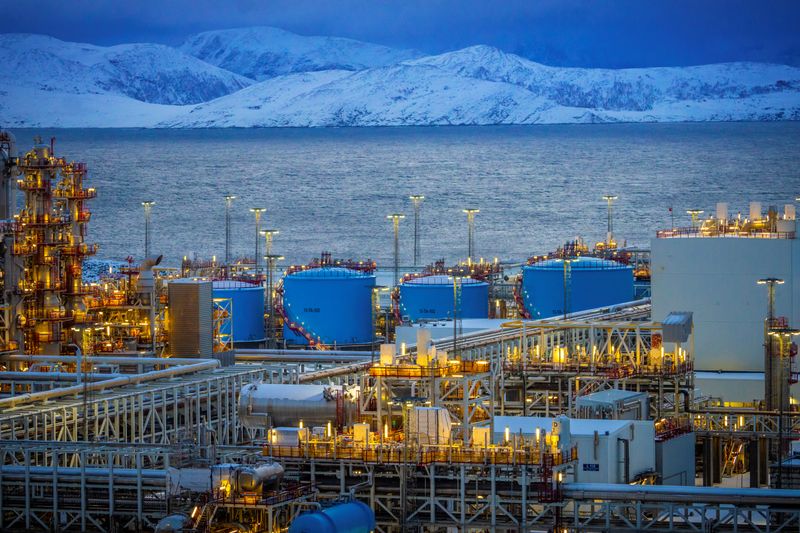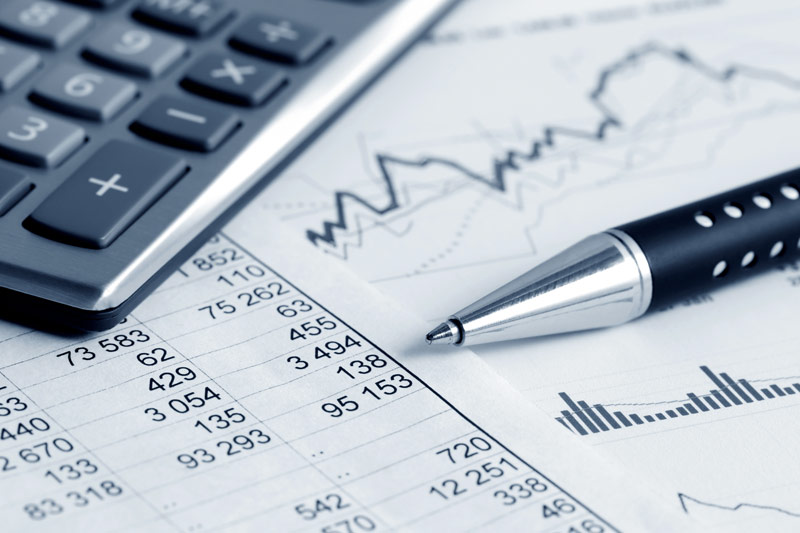By Nerijus Adomaitis and Nora Buli
OSLO (Reuters) – Equinor said on Thursday it may invest less in renewable energy by 2030 following this month’s acquisition of a stake in wind energy group Orsted (CSE:), while reporting weaker-than-expected third-quarter earnings.
Equinor announced a $2.5 billion purchase of a 9.8% stake in Orsted on October 7, surprising some investors, and said it planned to increase this to 10% pending regulatory approval supervisor.
The transaction would count towards Equinor’s renewable energy portfolio target, adding 1.7 gigawatts (GW) of net generation capacity to the company’s target of installing 12 to 16 GW by 2030, the Norwegian company said.
“We see that a transaction like this gives us access to offshore wind projects at a much more reasonable price than if we were to build them ourselves,” Equinor CFO Torgrim Reitan told analysts on a conference call on Thursday.
“This will move us towards the goal in a profitable way, which means we can spend less organic investment to achieve that goal,” he said, without elaborating.
Investors have grown increasingly weary of oil companies’ plans to rapidly expand into renewables, and some major companies such as BP (NYSE:) and Shell (LON:) have backed away from some of their previous plans.
Equinor has previously said it plans to spend at least half of its capital expenditure on renewables and low-carbon solutions by 2030.
Equinor’s share price rose 2.8% by 1129 GMT, outperforming a 1.1% rise in European energy shares.
Organic capital expenditure in 2024, meanwhile, was estimated at between $12 billion and $13 billion, down from a previous forecast of $13 billion, an Equinor statement showed.
The adjustment reflected lower investments in the Polish and Brazilian onshore sustainable portfolio, as well as currency effects from a weaker Norwegian krone, CEO Anders Opedal said.
The company kept its 2024 oil and gas production outlook unchanged, but cut expected renewable energy production growth in 2024 to 50% from 70% previously due to a delay at the Dogger Bank A wind project off the UK coast.

The Norwegian oil and gas producer’s adjusted pre-tax profit for the July-September period fell to $6.89 billion from $7.93 billion a year earlier, lagging the $7.08 billion shown in a poll of 25 analysts compiled by Equinor.
Equinor pumped 1.98 million barrels of oil equivalent per day (boed) in the third quarter, in line with analyst poll expectations, up from 2.01 million barrels a year ago.


